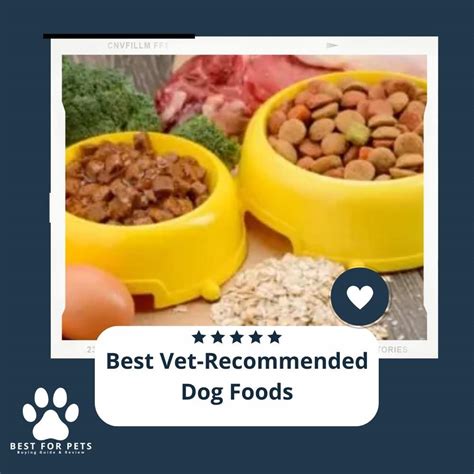Introduction
For pet owners, the debate over feeding raw food to their beloved companions is a heated one. While some tout its purported health benefits, others remain skeptical, citing the potential risks associated with uncooked meat. In this comprehensive guide, we’ll explore the latest scientific findings, expert opinions, and practical considerations surrounding raw food diets. As we delve into the complexities of this topic, we’ll aim to provide you with a balanced perspective, empowering you to make informed decisions about your pet’s nutrition.

The Rise of Raw Food Popularity
In recent years, the raw food movement has gained significant traction among pet owners. According to the American Pet Products Association, the market for raw pet food reached a staggering $1.4 billion in 2022, with projections estimating it will exceed $2.5 billion by 2025. This surge in popularity can be attributed to the growing awareness of potential deficiencies in processed pet foods, as well as the perception that raw diets offer a more “natural” way of feeding.
Vet Recommendations on Raw Food
Despite its increasing popularity, the veterinary community remains divided on the issue of raw food diets. While some vets believe that properly prepared raw food can be beneficial for certain pets, others express concerns about the risks of bacterial contamination and nutritional imbalances. The American Veterinary Medical Association (AVMA) has stated that “feeding raw food diets to dogs and cats carries a number of potential risks, including the transmission of zoonotic pathogens, nutritional imbalances, and the potential for allergies or sensitivities.”
Pros and Cons of Raw Food Diets
To help you better understand the potential benefits and drawbacks of raw food diets, we’ve compiled a table summarizing the key points:
| Pros | Cons |
|---|---|
| May improve digestion and absorption of nutrients | Risk of bacterial contamination, such as Salmonella and E. coli |
| Can be more palatable for some pets | Can lead to nutritional imbalances if not properly prepared |
| May reduce the risk of obesity and allergies | May contribute to the spread of antibiotic-resistant bacteria |
| Can provide a more natural diet | Can be expensive and time-consuming to prepare |
Is Raw Food Right for My Pet?
The decision of whether or not to feed your pet a raw food diet is ultimately a personal one, to be made in consultation with your veterinarian. If you’re considering making the switch to raw food, it’s crucial to educate yourself thoroughly about the risks and benefits involved. Your vet can help you assess your pet’s individual needs and determine if a raw food diet is right for them.
Navigating the Challenges of Raw Food Feeding
If you choose to embark on the raw food journey, it’s important to approach it with caution and proper preparation. Here are some common mistakes to avoid:
| Mistake | Consequences | How to Avoid |
|---|---|---|
| Feeding unapproved raw meat | Increased risk of bacterial contamination | Purchase raw meat products specifically designed for pet consumption |
| Not supplementing your pet’s diet | Nutritional deficiencies | Follow the advice of your vet and supplement your pet’s diet as needed |
| Thawing raw meat at room temperature | Increased risk of bacterial growth | Thaw raw meat in the refrigerator or under cold running water |
| Handling raw meat improperly | Cross-contamination with other foods | Use separate utensils and surfaces for handling raw meat, and wash your hands thoroughly after contact |
Conclusion
Navigating the world of raw food diets for pets can be a complex and challenging endeavor. By educating yourself, consulting with your vet, and taking appropriate precautions, you can make an informed decision about whether or not raw food is right for your beloved companion. Remember, the most important factor in your pet’s health is providing them with a balanced and nutritious diet that meets their individual needs.





















